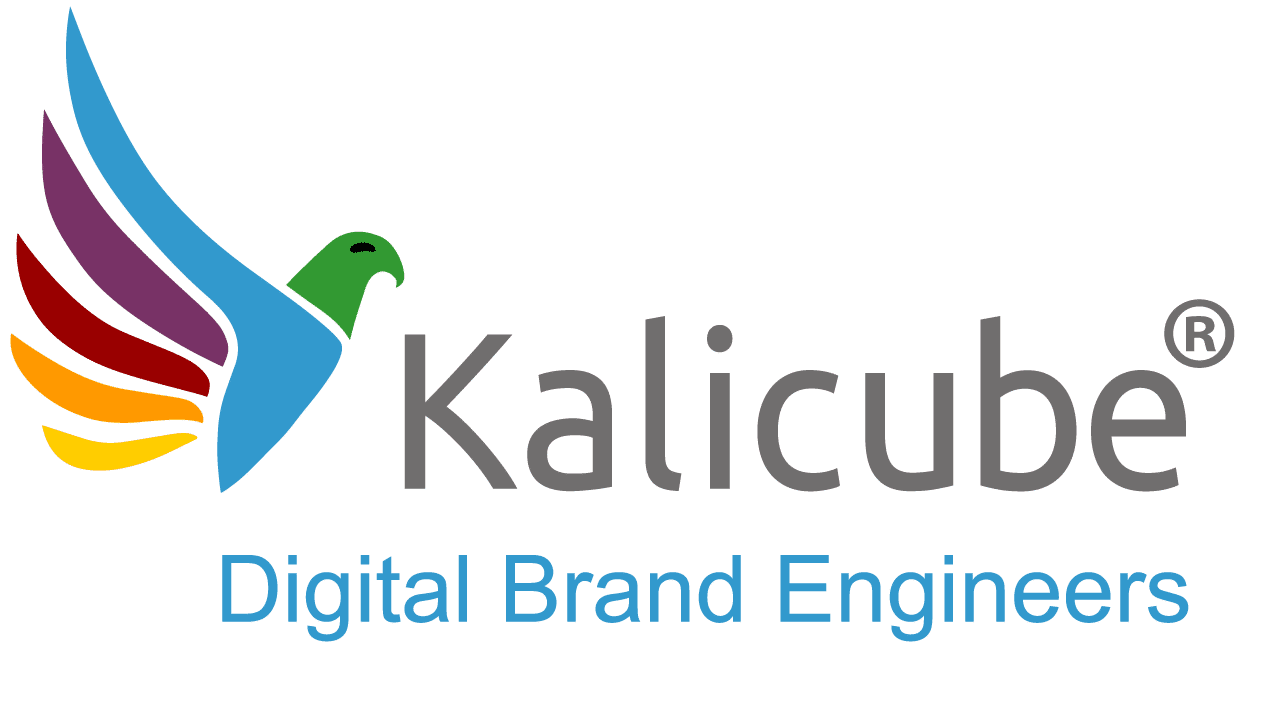Algorithmic Annotation
From Persuading Algorithms to Educating Intelligence: The Evolution of Search Optimization in the AI Era
Introduction: The Shift from Navigational Index to Intelligence Layer The digital landscape is undergoing its most profound transformation since the advent of the commercial internet. For more than two decades,...
The Kalicube Process: The Future-Proof, Universal Solution to Digital Marketing in the AI Era
The Kalicube Process™ Developed by Jason Barnard Year Systematized 2015 Type Proprietary Digital Marketing Methodology Field Brand-first Strategy, AI Assistive Engine Optimization (AIEO) Core Philosophy Brand-focused algorithmic education Core Pillars...
The New SEO: A Guide to Algorithmic Harmony
For decades, Search Engine Optimization (SEO) was often treated as a game of cat and mouse - a tactical battle to figure out the algorithm’s rules and rank higher. In...
Your brand is already on the Algorithmic Blockchain: Why You Must Anchor It in the Algorithmic Trinity Before It’s Too Late
Every single day, AI Assistive Engines like ChatGPT, Google AI, and Perplexity are quietly writing your brand’s permanent history. This isn’t a campaign you can opt out of; it’s a...
No pages found for this tag.
